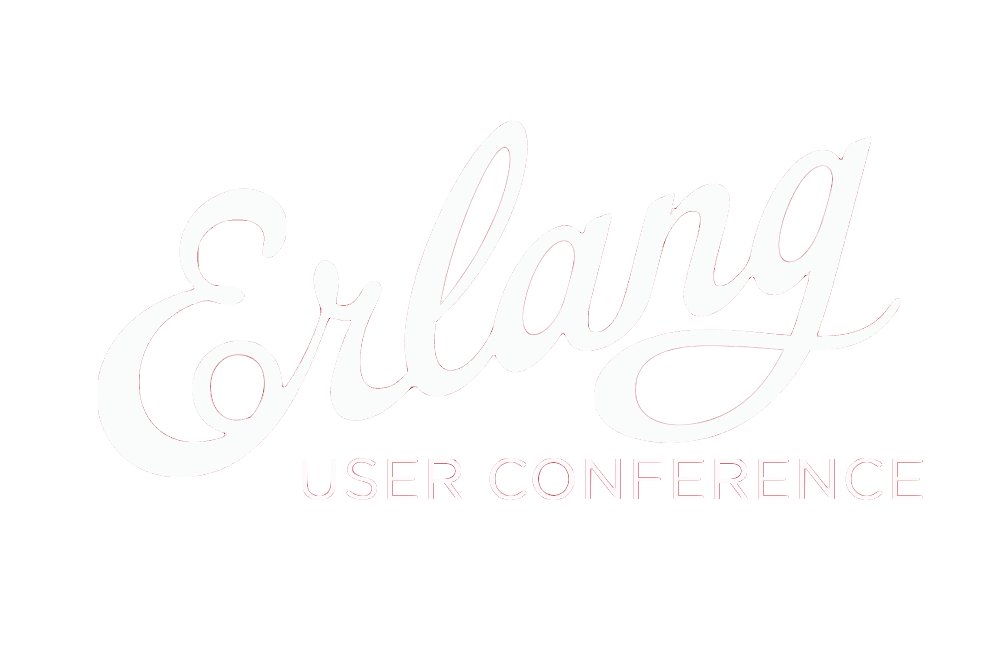
Cloud Scale Erlang
Richard CroucherHigh Performance and Cloud Architect
Cloud Scale Erlang
A successful cloud system may have to support millions - billions of Users. It has also been predicted by 2020 that there will be 22 billion 'things connected to the Internet (IoTs) . How are we going to manage them all? This being an Erlang conference we'd like to think that Erlang/OTP must be the answer, but it has been estimated that supporting this scale would require around 4000 servers. How can we do that with Erlang/OTP? What problems can you expect to find, how can we overcome them. How can we get to a Cloud Scale Erlang platform that we could all use?
Talk objectives:
Describe the scalability constraints of Erlang and OTP. Describe some of the point solutions that exist today and what we must do to to create a scalable Erlang platform
Target audience:
Erlang and OTP practitioners. Architects, designers and Developers of Cloud based solutions.
SlidesVideo
About Richard
Richard is a platform architect who specializes in high performance systems, including those used by financial institutions for high frequency trading and huge compute clusters with thousands of nodes used in the Cloud.
Richard discovered Erlang and OTP three years ago and has adopted this as his platform of choice. He has designed and helped build a large and complex Cloud based application using Erlang/OTP and has been exploring the design challenges of getting this to scale to millions of users for the last 12 months.
Richard is a multidisciplinarian with experience across storage, network, operating systems, devOps and systems programming. He has to use all of these when designing a new platform. Over the years, he's programmed in Assembler, Basic, Fortran, Pascal, C, C++, Java, C# and Erlang.
He has worked as VP of High Frequency Engineering at a major bank, Chief Architect at Sun Microsystems, Principle Architect at Microsoft (Azure), as well as a number of interim roles with high tech startups.
Richard is Fellow of STAC Research, a Fellow of the British Computer Society and a Chartered IT Practitioner.
